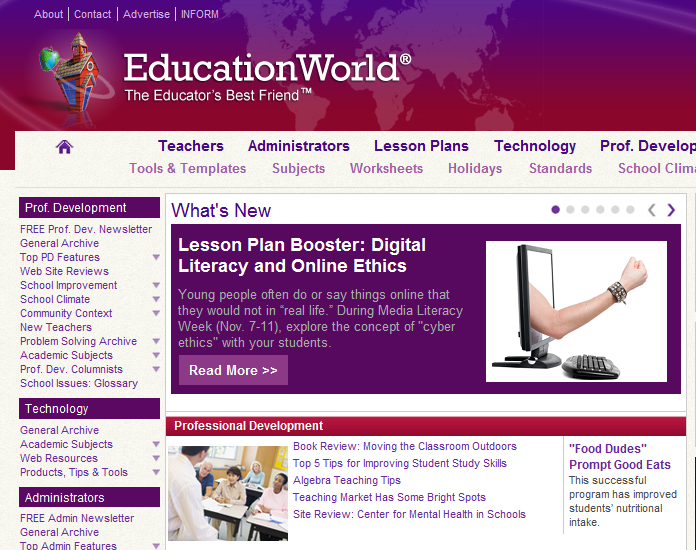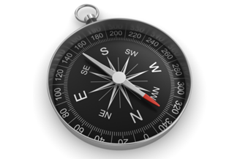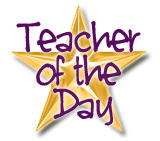Hello!
This message has been sent to you as the final step to confirm your
email list subscription for the following list:
Education World Weekly Newsletter
To confirm this subscription, please follow the URL below:
http://mail2.educationworld.com/newsletters/mail.cgi/t/AqEqYypbzeYwNTH5QYHhqdmaFNYU3jauW73PiE8g/(Click the URL above, or copy and paste the URL into your browser.
Doing so will subscribe you to this list.)
-----------------------------------------------------------------------
The following is the description given for this list:
This mailing list will send you one email per week. In these messages you will be able to read about the latest additions to Education World\xAE:
* URLs to Education World's New Original Content Education Articles
* New Education Categories and Topics of Interest
And much more... to keep you up-to-date with Education on the internet!
-----------------------------------------------------------------------
This email is part of a Closed-Loop Opt-In system and was sent to protect
the privacy of the owner of this email address. Closed-Loop Opt-In confirmation
guarantees that only the owner of an email address can subscribe themselves
to this mailing list.
Furthermore, the following privacy policy is associated with this list:
http://www.educationworld.com/help/privacy_policy.shtmlPlease read and understand this privacy policy. Other mechanisms may
have been enacted to subscribe email addresses to this list, such as
physical guestbook registrations, verbal agreements, etc.
If you did not ask to be subscribed to this particular list, please
do not visit the confirmation URL above. The confirmation for
subscription will not go through and no other action on your part
will be needed.
To contact the owner of this email list, please use the address below:
<mailto:
newsletter-weekly@educationworld.com>
The following physical address is associated with this mailing list:
Meriden, CT
-
newsletter-weekly@educationworld.com








 often to find new content posted daily.
often to find new content posted daily.












